Photo by Joel Riner
[H]ardly a week goes by at our mobile café when someone doesn’t ask us, “What is a shrub?” Shrubs have been a mainstay on our menu ever since we opened, and I never tire of talking about the deliciousness of this modest, yet mighty libation.
A shrub, in the beverage sense, is a powerful potion combining fruit, vinegar, and sugar. It can be added to carbonated beverages, tea, alcohol, foods—anything, really, that needs a punch of flavor. It is not simple syrup.
The main difference between simple syrup and shrub is vinegar.
Vinegar, in its most elemental form, is alcohol turned sour, and has been in existence as long as wine and beer. Its most ancient use was to sanitize contaminated water.
The word “shrub” is derived from the Arabic word sharāb, which translates as “beverage” in English. Sharāb is also the root of the words sherbet, sorbet, and syrup. Liquid shrub traditionally refers to one of two things: a beverage made of fruit, an acid (vinegar or lemon), sugar, and water, or a blended drink made of fruit juice, sugar, and rum or brandy.
The first shrubs originated in Turkey and Persia as a social drink enjoyed by teetotaling Muslims. The next wave emerged from the early days of rum, as people sought to offset the negative flavors of the young molasses-derived spirit.
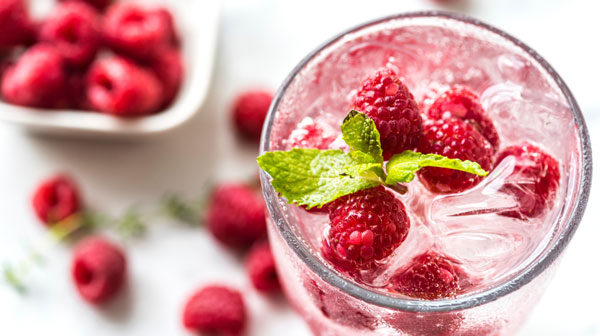
Shrubs have other health benefits, too. First, they are more hydrating than just water and more effective at quenching thirst. The soldiers of the Roman Empire, as well as the Union Army during the American Civil War, received drinking vinegar rations to slake their thirst. Shrubs also have a gentle cleansing effect on the body, since vinegar is antimicrobial, contains powerful antioxidants, assists insulin management, and supports good gut bugs.
The Shrub Revival
In the late 1800s, the commercialization of soda delivered a blow to shrubs. Then, refrigeration was introduced into the world, providing a more effective way to preserve fruit. After the 21st Amendment repealed Prohibition in 1919, the everyday use of shrubs further dwindled. Gradually, recipes disappeared from cookbooks, and the craft of making shrubs was threatened with extinction.
If it hadn’t been for the Pennsylvania Dutch and their passion for safeguarding food traditions, shrubs might have been completely lost to American progress. A recipe for raspberry shrub was passed down through generations of cookbooks, including one written by a woman named Betty Groff. A copy fell into the hands of the Tait Farm in Pennsylvania in 1986.
“A close family friend had made something called Raspberry Shrub nearly 40 years ago,” says farm owner Kim Tait. “Until this time, we had never heard of them.”
That same year, the farm’s pick-your-own raspberry patch was rained out, which compelled Tait to freeze the fruit rather than let it rot. Unable to sell the frozen fruit, Tait decided to try turning it into Raspberry Shrub.
Today, there are more than 16 flavors of Tait Farm Shrub, and the farm is pretty much responsible for the renewed interest in this syrup. In 2004, Wall Street Journal columnist Eric Felten wrote a piece on Tait Farm Foods and their Raspberry Shrub, launching the modern shrub revival. In 2014, Michael Dietsch’s book Shrubs: An Old-Fashioned Drink for Modern Times solidified its standing in the mixology world.
I fell in love with shrubs in 2014 after Black Coffee Roasting Co. in Missoula, Montana, added shrub sodas to their summer menu. Then Barista in Portland, Oregon, made the Coffee Balsamic Shrub Spritzer, a concoction that you simply have to taste to understand.
Shrubs in the Café
The introduction of the Italian soda to the United States is attributed to Rinaldo and Ezilda Torre, the founders of Torani. For decades, these sodas have provided a tasty café beverage for customers who want to pass on the caffeine.
Shrub sodas are a tart twist on the Italian tradition. Mix two ounces shrub syrup with 12 ounces of sparkling water, add some ice, and you have a new drink on the coffee shop block.
Shrubs can also be added to hot tea, making them a drink for every season. With shrub brewers popping up around the country, including at coffee roasters and cafés, shrubs are also becoming highly accessible.
Shrub & Co. in Sacramento, California, offers a variety of shrubs for retail and wholesale. “The history of shrub in the United States is a long one,” says co-founder Deborah Marskey. “We like to think that they were only temporarily lost, and the recent resurgence will grow as more and more people come to love how they work.”
Marskey and her husband and co-owner, Juan Garcia, chose shrubs because of their versatility, balance, and vibrant history. “It’s exciting to see people embrace taste profiles like sour and bitter,” Marskey adds.
In 1996, the non-profit organization Slow Food USA began developing an Ark of Taste, which catalogs endangered heritage foods. Shrubs are in the Ark’s registry.
At my mobile coffee cart, Coffee Roboto, I am also preserving this age-old, newly rediscovered refreshment. One of our young customers calls it “sour juice” and gulps it down before his mom has finished half her coffee. As the coffee community continues to grow, here’s a recipe to get you started exploring the ripe potential of shrubs.
 Simply Berry Shrub
Simply Berry Shrub
1 pound fresh berries (blueberries, raspberries, blackberries, huckleberries, or a combination)
1 cup sugar
1 cup apple cider vinegar
In a large bowl, mash the berries and sugar by hand or with a potato masher until well mixed, then pour or ladle into a 1 quart glass container. Seal and let sit at room temperature for 1–2 days, shaking the container occasionally to help the sugar dissolve.
Add the vinegar and stir or shake to combine. Strain the fruit solids from the liquid and seal in a glass container. Keep refrigerated and use within 10 days. Serve with soda water, ginger beer, or vodka.



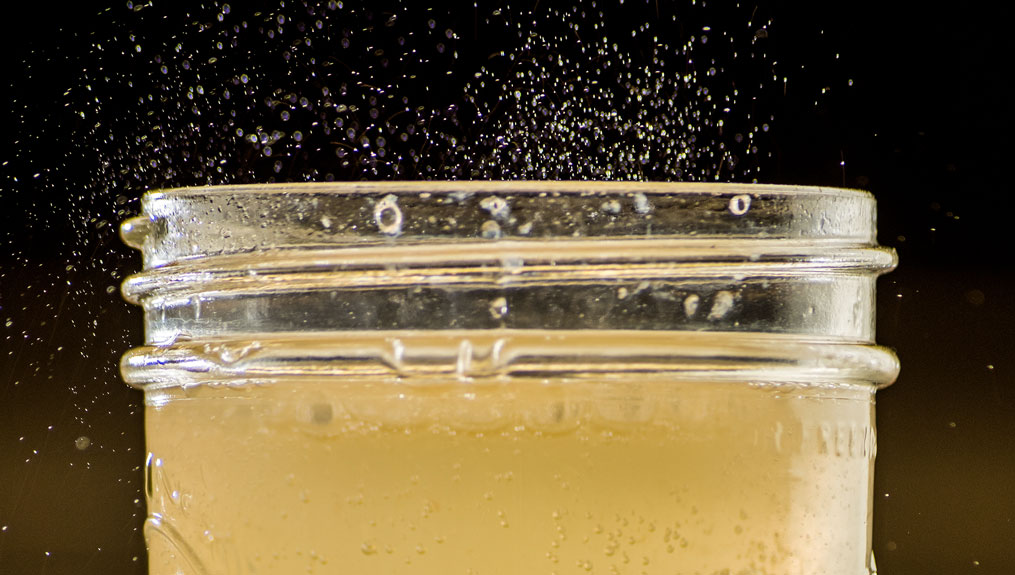

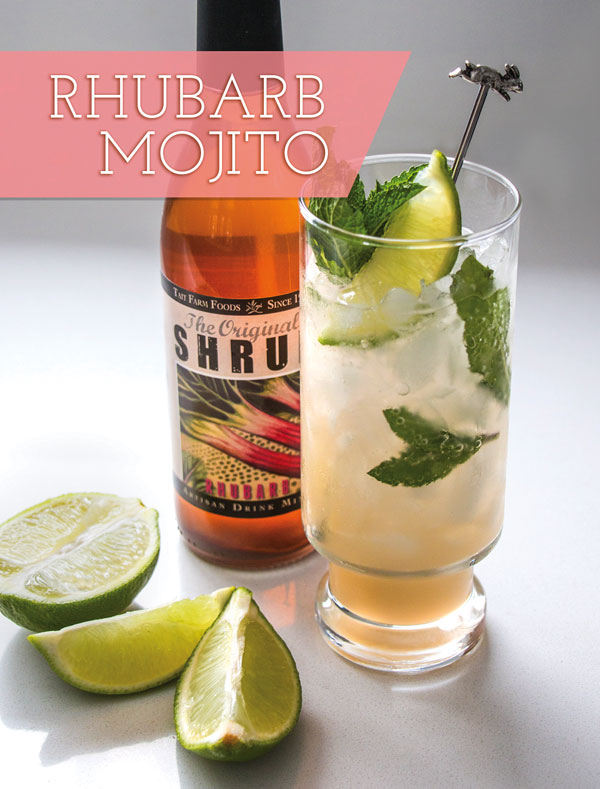
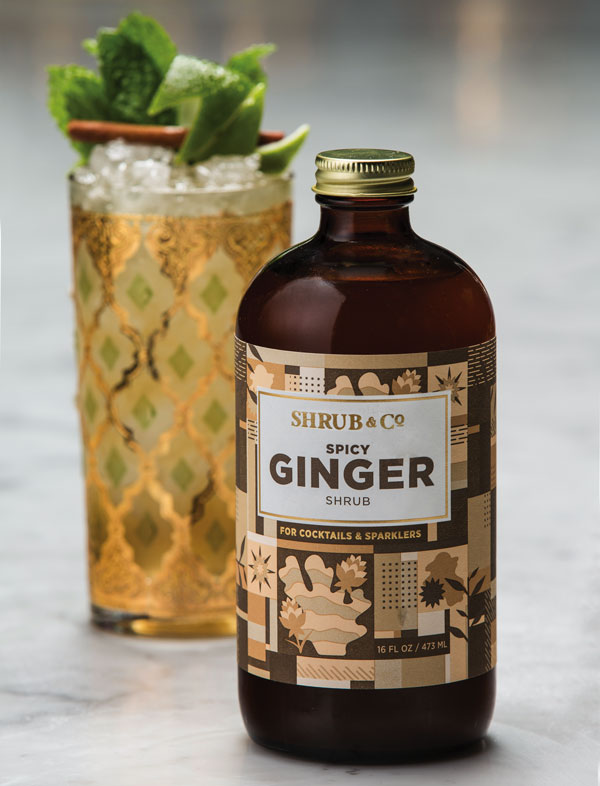
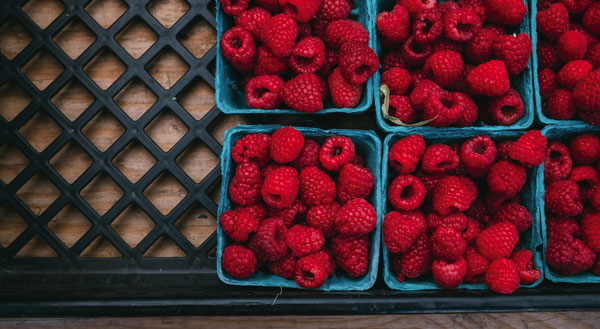 Simply Berry Shrub
Simply Berry Shrub










